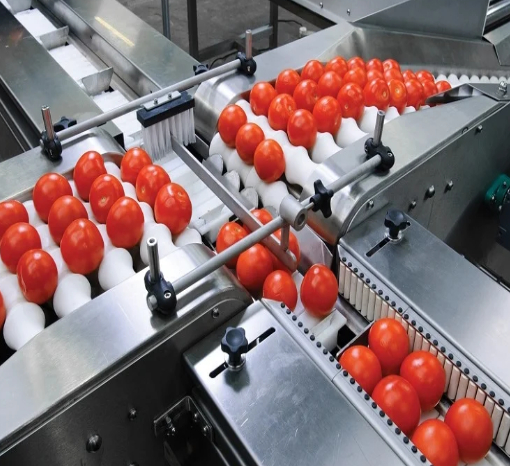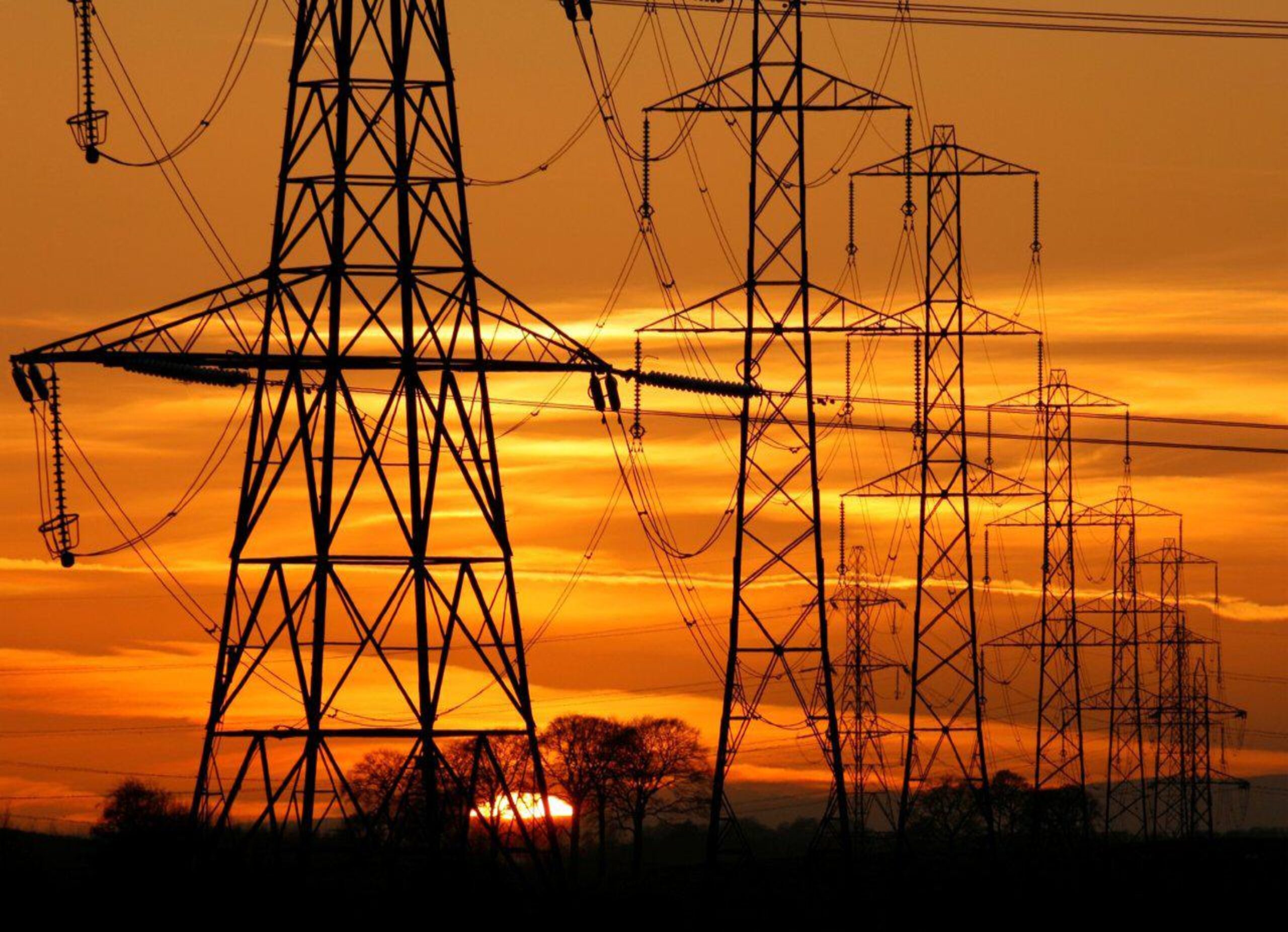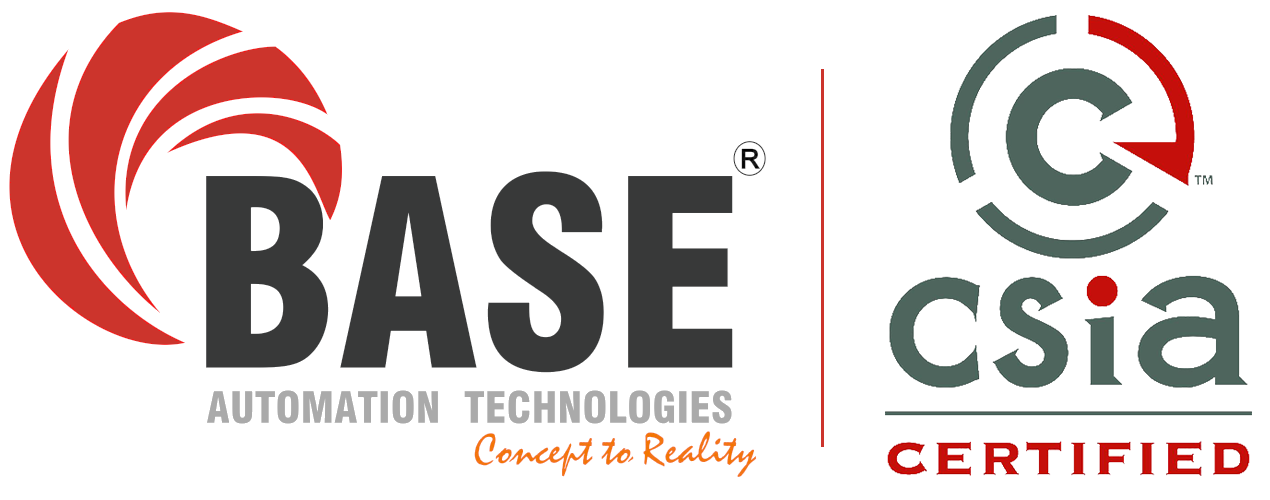OEE Monitoring

OEE is a cornerstone for an MES in a factory – it exposes the losses in a manufacturing process and helps in identification of the bottleneck and critical machines, which helps stakeholders take informed decisions. The OEE Module continuously tracks the production performance parameters and calculates the OEE and the KPIs of your machine, cell, line and factory.
Some of the KPIs measured are :
- OEE / OPE
- Availability %
- Performance %
- Quality %
- Machine / Line Downtime Analysis
- Product Rejection Analysis
Paperless Manufacturing
The increasing competitiveness of the market is forcing manufacturing industries to move towards customized mass manufacturing to address the diverse needs of their customers. When you consider the dynamic nature of a shop floor and the number of stakeholders that need to collaborate and share information to be successful, the improvements that paperless manufacturing can deliver extend to several operational areas and have the potential to fundamentally transform operations.
The goal of paperless manufacturing is the digitization of the shop floor. Paper has traditionally been used to convey the order number and specific instructions for the operators. After completing the job, the operator reports the parameters and sends the item to the next stage, where that operator knows the work done thus far. At the end of the manufacturing process, the data is manually entered into the ERP system to close the Work Order. Human error can creep into the reporting data, and it can occur at any stage. If the operator gets the wrong data, he may do the wrong job leading to quality errors.
Moving your shop floor operations to paperless manufacturing achieves :
Electronic Work Instructions – The Work Instructions are delivered electronically to the operators either through a screen on the machine or through their handheld device. At every stage, the data is automatically collected from the machines, thus eliminating any human errors in reporting. At each stage, the operators know about the previous operations without depending on the other operators.
Automated Workflows – An engineering change may have been ordered, but never completed or at least never communicated to the appropriate personnel once completed. With automated workflows, notifications can be triggered to ensure the process is completed and the appropriate personnel are notified. Workflows can also ensure that the right instructions are being followed on time and in the context of the manufacturing process.
Real-time visibility – The system can automatically report the materials consumed and the process parameters to the ERP at every stage in the manufacturing process. The stakeholders at the plant can easily track the current progress on their Work Orders.
Increased Operational Flexibility – Access to data in real-time is the need of the hour. In order to respond to manufacturing dynamics such as changing customer demands, material shortages, and disabled assets, it is necessary to have access to accurate and up-to-date information to take quick and decisive action. The immediacy and real-time information provided by digitalizing the shop floor greatly speeds the rate of information flow between key stakeholders as the time to produce, share, and edit paper reports is eliminated.
Greater Productivity – By eliminating all of the various maintenance, planning, and production steps that required manual actions within paper-based systems, all of this aggregate free time from workers across the plant is now freed up to focus on more important activities.
Production Tracking (WIP)
By implementing paperless manufacturing, the visibility of the Work Orders under process can be improved and tracked in real-time by the relevant stakeholders throughout the company.
Benefits
- Identification of bottlenecks for a particular order in the manufacturing process.
- Immediate alerts on problems occurring in production.
- Identify potential scrap or rejection and drive faster decision to improve production efficiency.
- Better estimation of delivery time to customers.
- Optimization of supply chain planning and inventory control.
- Proactively modify production plans by quickly focusing on current manufacturing conditions.
- Production milestone visibility for stakeholders at each stage of production.

Workflow Management

Manufacturing processes typically follow a strict set of rules or guidelines in order to turn raw materials into a quality finished product. Any deviation from standard manufacturing processes can lead to machine malfunction, elongated lead times or excessive scrap rates.
Workflow Management System takes the Production Order (PO) from the ERP as an input and converts them into Electronic Work Instructions (WI), defines the production route, and downloads the instructions into the machines at each stage or electronically displays them to the operator in case of manual operations
The production parameters and materials consumed are automatically captured from the machines and posted against the PO in the ERP. Its salient functions are :
1. Route Management
- Generates Work Instructions to be followed at every stage in production, either automatically downloaded to machines or displayed to operators.
- Tracks production parameters, materials and energy consumption against each PO.
- Tracks and routes rework, rejections and scrap.
- Generates routing instructions that can be changed dynamically.
- Checks availability of Raw Materials at the machine / work center and generates issue request to stores
2. Process Flow Rule Enforcement
- Checks whether the operators perform each activity according to the Standard Operating Procedure (SOP) of that SKU.
- Generates alarms and alerts if the process rules are deviated.
- Intervenes and does not allow the product to move to the next stage until the SOP is fulfilled.
- Ensures compliance to internal and external (governmental) regulations.
- Checks availability of Raw Materials at the machine / work center and generates issue request to stores
3. Stage-wise Poka-Yoke
- Checks whether the material loaded into the machine is the correct one according to the PO.
- In case of wrong material, either the machine is forcibly not allowed to operate or alerts are generated and logged, depending on the company’s policy.
- In case the output product is faulty, the system marks it digitally and does not allow the machine at the next stage to operate on it.
- Proactively prevents rejections and scrap.
Centralized Recipe Management System
Every manufacturing process is the following elements: raw materials; machinery or tools; and human action or programming. In the manufacturing of proprietary goods that adhere to particular specifications and regulations, these elements must interact in a very specific, prescribed way. A recipe contains instructions on specific parameters for the machines to operate in, specific quantities of raw materials that need to be added at specific instances in the manufacturing process and specific steps to follow in order to complete an order. Some manufacturing lines even switch frequently between different products with some requiring elaborate equipment cleaning protocols to be followed between batches. A recipe management system orchestrates these interactions.

Features
- Creation of recipes and versioning.
- Visibility of equipment availability and planning batches.
- Downloading recipes to machines and displaying instructions to operators in case of manual operations.
- Real-time recipe change intimation system.
- Automatic data collection of process parameters from the machineries and equipment.
- Generation of immutable reports and audit trails.
- Automatic posting of material consumption to the ERP.
Benefits
- Reduces rework, scrap and rejections.
- Ensures repeatable quality of product output.
- Ensures that the operating procedures are followed and fulfilled.
- Reduces the cost of compliance.
- Visibility of the quantity of raw materials used vs quantity of raw materials planned.
- Produces an untampered and immutable audit trail.
- Reduces paperwork by automatically downloading instructions to machines and collecting process parameters.
Energy Management

The Energy Management module helps you monitor usage of energy utilities such as electricity, steam, water, compressed air and natural gas. Energy costs impacts the bottom line and thus understanding its behavior in your plant can help you manage energy consumption that brings meaningful value to your business.
Benefits
- Measure and monitor the efficiency of Utility Assets.
- Understand energy usage patterns, reduce peak demand, and manage demand spikes.
- Track energy waste during distribution and by machines.
- Alerts and alarms in case of anomalous energy consumption by a machine.
- Energy Consumption will be Contextualized with Machine Data, Production Data, Orders and Work Process.
- Helps to quantify cost accurately.
- Automatic posting to appropriate modules in ERP.
Workforce Management
Labor costs are a significant expenditure for manufacturers. Effectively monitoring and managing the workforce provides opportunities to control, eliminate waste and reduce costs.
The salient features of our Workforce Management module are :
1. Ensures that workers are assigned to tasks that they are qualified to complete, thus ensuring compliance to labor laws and policies.
2. Monitors each operator’s performance on their tasks and measure their KPI.
3. Maintains an Operator Skill Matrix.
- * Generates alarms and alerts if an operator without the right skill tries to operate a machine. It can be extended to forcibly not allowing the machine to run.
- * Contextualizes operator performance to identify those who require retraining and reskilling / upskilling.
4. Tracks the time spent by operators on each production order to arrive at an accurate costing for that order.
5. Tracks time spent on activities outside active production such as team meetings, 5S activities, cleaning and breaks.
6. Links with the HR and payroll system.
7. Helps to identify abnormalities in the time spent on an order.
8. Connects with the Traceability Module to provide the ID of the operators who worked on the product at each stage, thus improving accountability.
